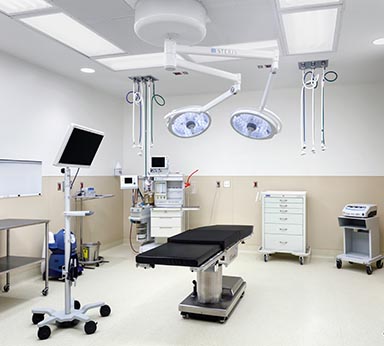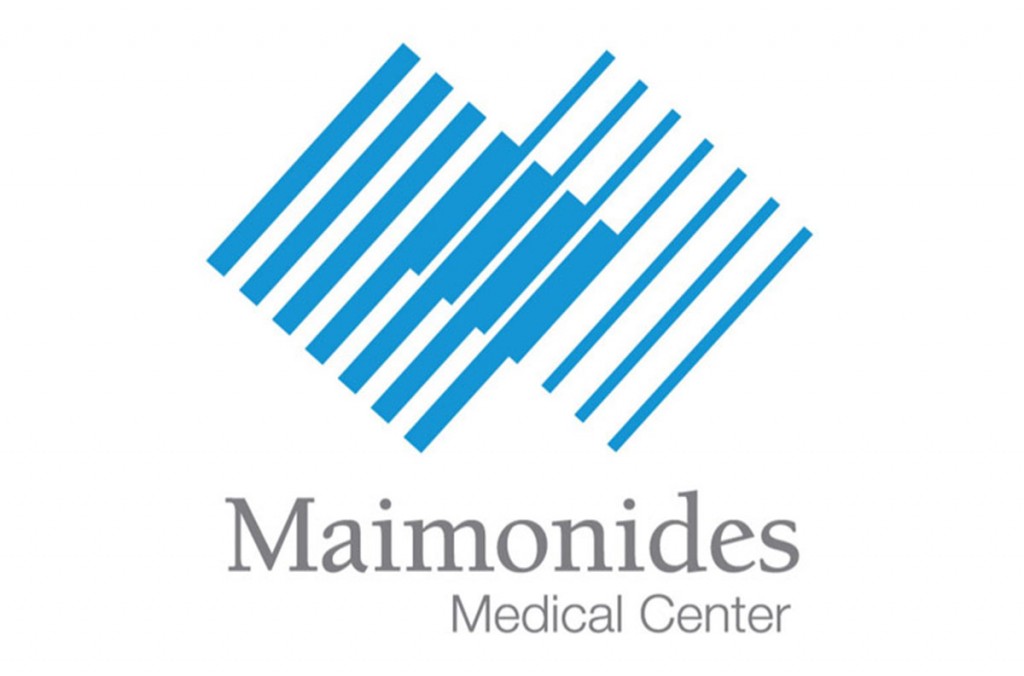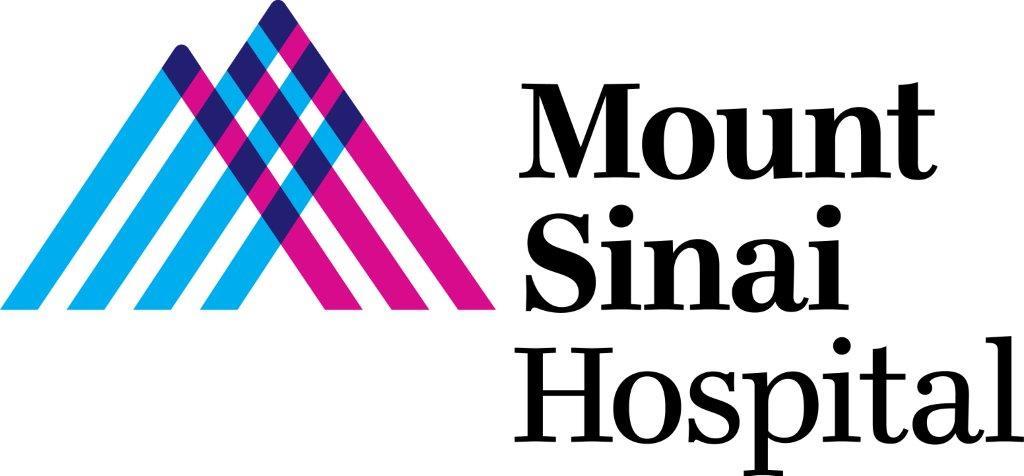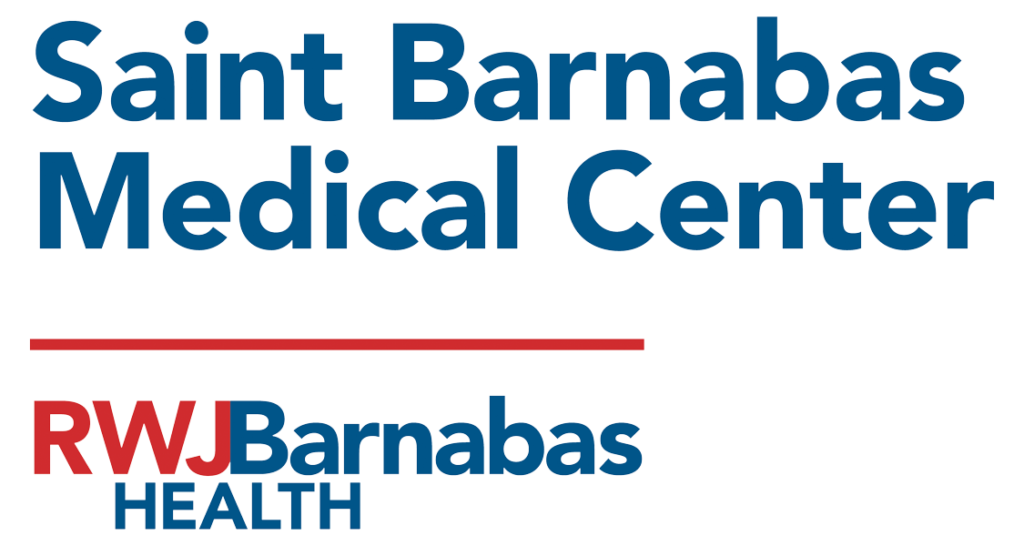Dorsal Root Ganglion (DRG) Stimulation
Dorsal Root Ganglion (DRG) stimulation is a type of neurostimulation therapy designed to manage difficult-to-treat chronic pain in specific areas of the lower body, such as the foot, knee, hip or groin as well as treat complex regional pain syndrome (CRPS). Dorsal root ganglion stimulation is widely used and serves as an efficient alternative for the management of chronic pain that is unresponsive to first line conservative therapies. Dorsal root ganglion stimulation works by masking pain signals before they reach the brain. Dorsal root ganglion stimulation is a technique in which electrodes are placed over the DRG to interrupt pain signals to reduce chronic pain. DRG is a bundle of sensory nerve cell bodies within the epidural space. Caliber Pain™ offers dorsal root ganglion (DRG) stimulation as one of our treatments for chronic pain at our medical facility in New York City.
The stimulation device delivers weak electric pulses to leads that are placed over the DRG near the spinal cord. The pulses modify pain signals so they are either not perceived or are experienced as a tingling feeling. Some patients do not tolerate this tingling sensation well, so generally, a trial stimulation is performed before a permanent device is implanted. Recent improvements in neuromodulation technology have been successfully addressing this issue.
Today’s dorsal root ganglion stimulators allow patients to send electrical impulses along the dorsal root ganglion using a small device, called a pulse generator, that functions like a remote control. The small pulse generator is implanted in the upper buttock/low back or, with an extension, into the abdominal wall. Patients have a small handheld controller with which they can change the stimulation settings.
Is DRG Stimulation Right for You?
Dorsal root ganglion stimulation has become a widely accepted form of therapy for chronic intractable neuropathic pain. However, stimulation does not work for everyone. DRG stimulation candidates usually have had chronic debilitating pain for several months and have had one or more spinal surgeries. If unsuccessful, the implant can be removed and does not damage the dorsal root ganglion or the nerves in the area.
Candidates for DRG stimulation:
- Conservative therapies have failed.
- You would not benefit from additional surgery.
- You do not want further surgery.
- You have no medical conditions that contraindicate treatment.
- You have had a successful DRG stimulation trial.
If other conservative treatments are no longer effective in controlling pain, dorsal root ganglion (DRG) stimulation may be an option. Contact Caliber Pain™ in Midtown Manhattan to schedule a consultation to discuss DRG stimulation and other pain management options.






















